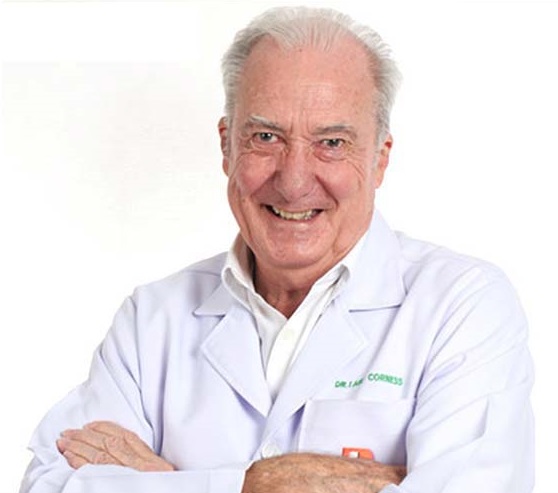 There are many medical conditions that can turn out to be fatal. Myocardial infarction, for example. There are other medical conditions that can turn out to be debilitating. A ‘stroke’ is one of those.
There are many medical conditions that can turn out to be fatal. Myocardial infarction, for example. There are other medical conditions that can turn out to be debilitating. A ‘stroke’ is one of those.
The sad part is ‘stroke’ is on the list of conditions that are under your control. We call this a Cerebrovascular Accident or CVA as we love acronyms. However, make no mistake about it, this condition is not an ‘accident’ by any means.
The simplest description of Stroke is what happens after an area of one’s brain becomes starved for oxygen. This in turn leads to death of brain tissue (called an infarction), and stops the functions which that particular part of the brain used to control, and unfortunately your brain is involved in everything!
For example, if it is a ‘motor’ area, then the person cannot move the muscles to move their limbs. If it is an area that initiates speech, then the person cannot remember the word he wants to use, leading to extreme speech difficulties. If it is an area dealing with memory of events, then they are lost as well. Remember that your brain has some very specific centers, or areas, controlling the complex function of the body.
Now how does the brain starve of oxygen? This happens by bleed or blockage. A bleed occurs when an artery in the brain “blows off” and the oxygen rich blood escapes. A blockage occurs when either a clot has formed somewhere in the body and then it moves and jams in the cerebral (brain) arterial system or when the clot forms initially in a pre-existing narrowing in one of the cerebral (brain) arteries.
So what are the conditions that lead up to these events? A bleed can occur if there is a weakness in the wall of a cerebral artery (a common one is called the Berry Aneurysm of the Circle of Willis at the base of the brain – no relation to Bruce Willis of Die Hard movies) or if the Blood Pressure (BP – initials again!) has become dangerously high.
A blockage, however, will occur especially if there is a cholesterol based narrowing called “Atheroma”, sometimes known as “hardening” of the arteries, in one of the cerebral arteries. This is called a cerebral thrombosis. The moving clot situation can occur after trauma or even with certain heart conditions and is known as a cerebral embolism.
So what can you do to try and avoid this catastrophic condition? Well firstly, get your blood pressure checked and if it is found that you have persistent hypertension go on treatment! BP is controllable, once you know you have an elevated pressure, but it will take several measurements to show you really do have high BP.
Secondly, get your cholesterol checked. If it is high you are running the risk of a thrombus forming. What to do? Go on a cholesterol reducing diet, or even tablets if necessary. It is possible to reduce your cholesterol, once you know you have an elevated cholesterol.
The next piece of advice has mixed reviews with medical researchers. This is to take half an adult Aspirin a day. Yes, it has been found that 100 mg of Aspirin stops the red blood cells “clumping” together and predisposing towards a blood clots. There are also some Aspirin forms made specifically for this preventive effect and these are readily available over the counter in Pattaya.
The researchers have also found that smokers get more strokes than non-smokers. As well as all the other conditions you don’t want, smoking makes you more susceptible to all of them. Just another of the thousands of reasons to give up smoking. I do recommend checking for the various stroke predisposing factors at least once a year. Incorporate them in your annual check-up.
After that, it is just a case of remaining generally fit, having regular exercise and maintaining a healthy lifestyle. Have you looked at your Stroke Risk Factors recently? Do it!
We can check these factors for you with our Health Check Packages at the Health Promotion Center on the 5th floor of the main building.
 |
 |





